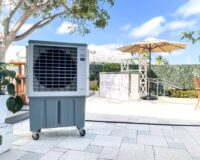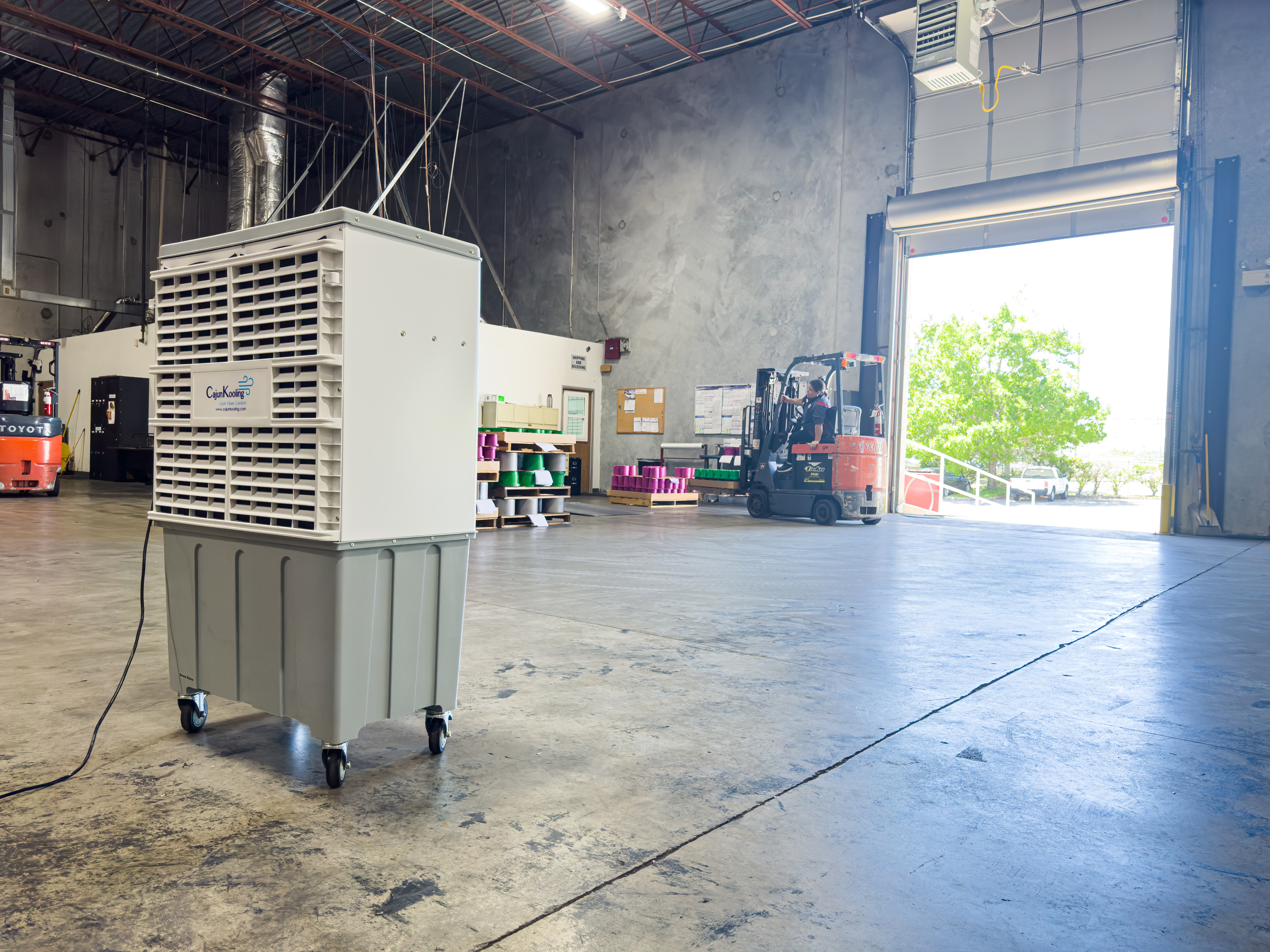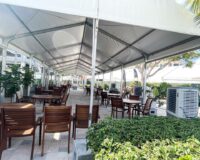Debunked: 10 Common Myths About Swamp Coolers
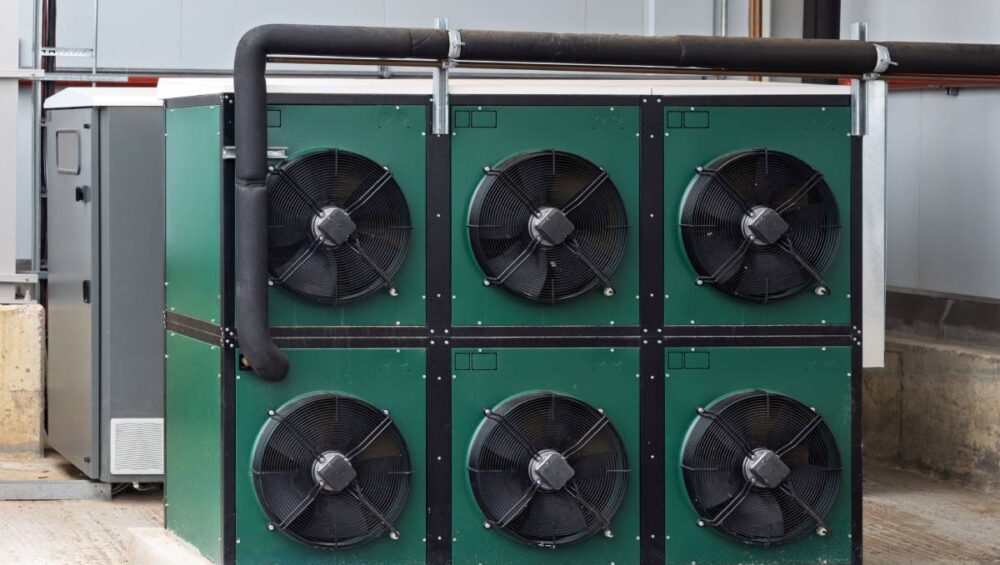
Swamp coolers, often referred to as evaporative coolers, are an energy-efficient and environmentally friendly alternative to traditional air conditioning. But despite their increasing popularity, there’s a lot of misinformation regarding their effectiveness and overall utility.
To set the record straight, we’ll debunk the 10 most common myths about swamp coolers. Read on to discover why swamp coolers are a smart cooling solution for your home or business.
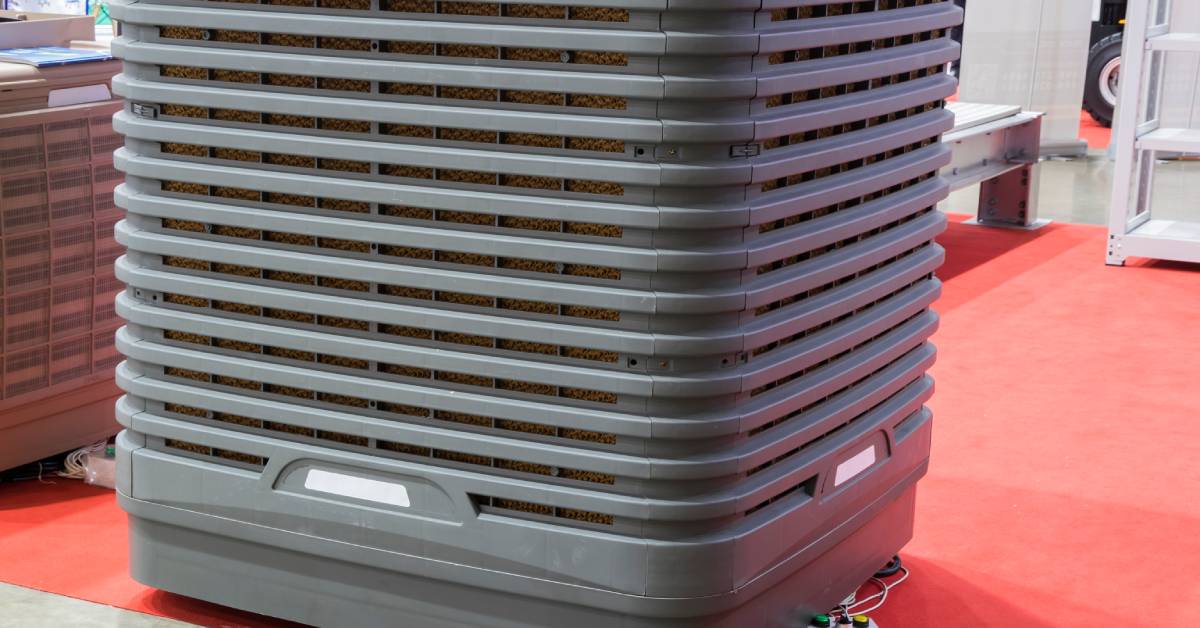
What Are Swamp Coolers?
Swamp coolers use the natural process of evaporation to cool indoor and outdoor spaces. They work by drawing in warm air over water-soaked pads, where the heat is absorbed as the water evaporates. This results in cooler, more humidified air being circulated into the room.
Unlike traditional air conditioners that rely on refrigerants and compressors, swamp coolers are more energy-efficient and environmentally friendly. They work best in hot, dry climates, where the low humidity allows for more effective evaporation and cooling. This makes them a cost-effective and sustainable option for homes, offices, and other spaces looking to maintain comfortable temperatures without a significant environmental impact.
Myth 1: Swamp Coolers Are Only Effective in Dry Climates
While it’s true that swamp coolers perform best in areas with low humidity, they’re not entirely ineffective in more humid climates. The evaporation of water to reduce air temperature does work better in dry conditions, but modern systems are designed to handle varying humidity levels. Hybrid systems and advanced models can maintain cooling efficiency even in moderate humidity, expanding their usefulness to more regions around the country.
Myth 2: Swamp Coolers Are Expensive To Operate
One of the most significant benefits of swamp coolers is their low operating cost. Unlike traditional air conditioners that rely on compressors and refrigerants, swamp coolers run on a simple evaporative process powered by water and minimal electricity. Modern swamp coolers cost up to 75 percent less to operate compared to traditional AC systems, making them an effective choice for budget-conscious homeowners and businesses.
Myth 3: Swamp Coolers Make the Air Too Humid
Many people confuse swamp coolers with humidifiers, assuming they saturate the air with moisture. The reality is that swamp coolers increase humidity to comfortable levels when operating correctly. They’re designed to release just enough evaporated water to lower the temperature while maintaining a balanced atmosphere. Proper ventilation is key to ensuring that a swamp cooler operates efficiently without causing discomfort.
Myth 4: Swamp Coolers Cause Mold and Mildew Growth
Swamp coolers are often unfairly associated with mold and mildew. While standing water or improper use can create issues, modern swamp coolers are built with advanced filtration systems and water distribution methods that minimize this risk. Regular cleaning and maintenance, such as changing the pads and draining the unit, can effectively prevent any mold or mildew buildup, ensuring a healthier living or working environment.
Myth 5: Swamp Coolers Are Difficult To Maintain
Contrary to popular belief, maintaining a swamp cooler is relatively straightforward. Tasks like cleaning the water tank, changing the cooling pads, and regularly inspecting the motor can be performed without professional assistance in most cases. Compared to the upkeep of an air conditioner, which includes filling refrigerants, servicing compressors, and cleaning ducts, a swamp cooler requires far less effort and cost to keep running optimally.
Myth 6: Swamp Coolers Are Not Environmentally Friendly
Swamp coolers are among the most eco-conscious cooling options available. Unlike traditional HVAC systems, they do not use harmful refrigerants that contribute to greenhouse emissions. Furthermore, their energy consumption is significantly lower than that of air conditioning units, meaning they leave a lighter carbon footprint.
Myth 7: Swamp Coolers Are Not Suitable for Commercial Spaces
While many believe swamp coolers are only for small homes, they’re actually being used successfully in commercial and industrial settings. Many models are built to handle larger square footage, and their energy efficiency makes them ideal for businesses looking to save on utility costs. Warehouses, gyms, and even offices can benefit from the balanced and eco-friendly cooling that swamp coolers provide.
Myth 8: Swamp Coolers Are Not As Effective as Air Conditioners
Ultimately, cooling effectiveness depends on your needs and regional climate. While air conditioners are ideal for precision temperature control in highly humid conditions, swamp coolers excel at delivering natural, fresh airflow that cools and circulates air with less energy. For areas with dry and moderate climates, swamp coolers are often just as effective, if not more so, than expensive HVAC systems.
Myth 9: Swamp Coolers Are Loud and Disruptive
Modern swamp cooler units are designed with quieter motors and advanced soundproofing technology, which means they operate smoothly and silently. Most models produce white noise levels similar to a ceiling fan, making them a non-intrusive addition to your space.
Myth 10: Swamp Coolers Are Outdated Technology
While the concept of evaporative cooling has been around for ages, modern swamp coolers are anything but outdated. With advancements like digital thermostats, remote controls, and energy-efficient designs, swamp coolers now compete with—and often even surpass—conventional cooling systems in terms of innovation and performance. These upgrades make them a contemporary solution for modern cooling challenges.
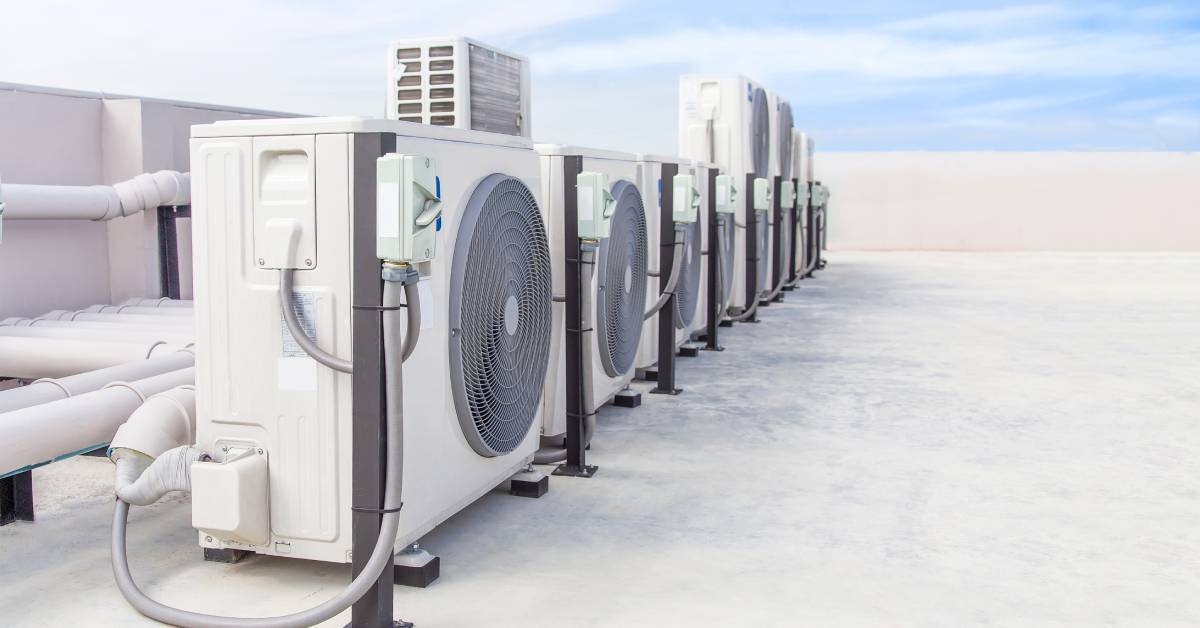
Tips for Maintaining and Optimizing Your Swamp Cooler
As you can see, there are many benefits associated with swamp coolers. To get the most out of your unit, follow these simple tips:
- Regularly replace the cooling pads: Change the pads every 6–12 months for optimal cooling performance.
- Clean the water tank: Prevent buildup by cleaning and flushing the tank monthly.
- Inspect the motor and fan: Check these components for wear and tear to maintain efficiency.
- Ensure proper ventilation: Keep nearby windows or doors slightly open to allow for consistent airflow.
- Use treated water: Softened water reduces mineral deposits, prolonging the lifespan of your cooler.
Swamp Coolers: The Ultimate Choice for Smart Cooling
Swamp coolers offer a cost-effective, sustainable, and highly efficient cooling option, providing a viable alternative to traditional air conditioners for a wide range of settings. Whether you’re a homeowner looking to reduce your utility bills or a business owner seeking an eco-conscious cooling system, understanding the truth behind these 10 common myths about swamp coolers allows you to see the value these units provide.
Are you looking for a cooling solution that will effectively meet your business needs? At Cajun Kooling, we offer modern units that you can count on. Our industrial swamp coolers will keep your facility cooled efficiently so you can focus on productivity.


